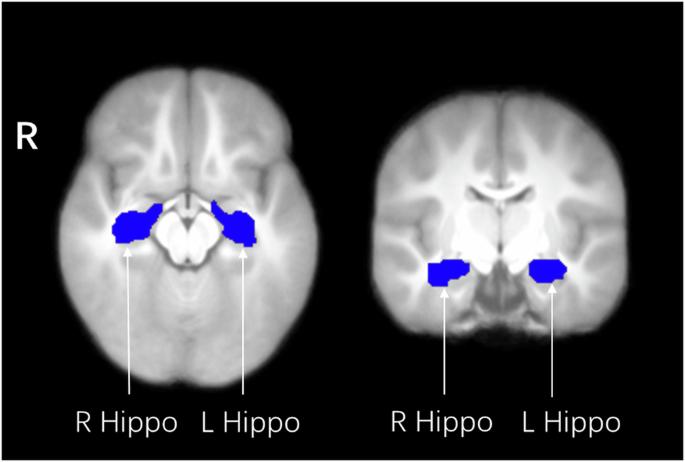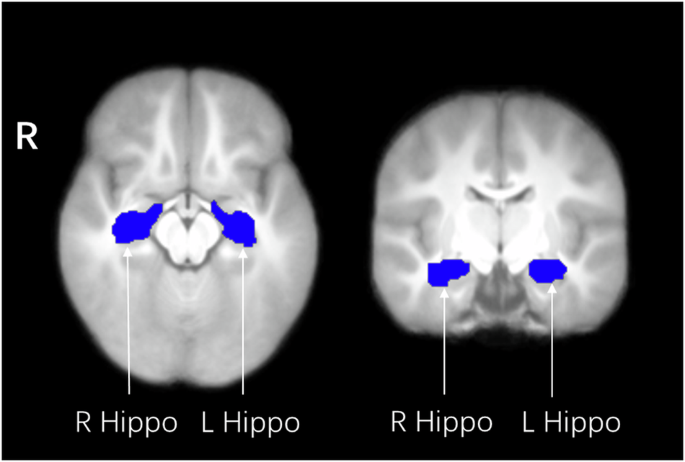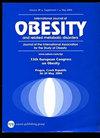Exposure to gestational diabetes mellitus in utero impacts hippocampal functional connectivity in response to food cues in children
IF 4.2
2区 医学
Q1 ENDOCRINOLOGY & METABOLISM
引用次数: 0
Abstract
Intrauterine exposure to gestational diabetes mellitus (GDM) increases the risk of obesity in the offspring, but little is known about the underlying neural mechanisms. The hippocampus is crucial for food intake regulation and is vulnerable to the effects of obesity. The purpose of the study was to investigate whether GDM exposure affects hippocampal functional connectivity during exposure to food cues using functional magnetic resonance imaging (fMRI). Participants were 90 children age 7–11 years (53 females) who underwent an fMRI-based visual food cue task in the fasted state. Hippocampal functional connectivity (FC) was examined using generalized psychophysiological interaction in response to food versus non-food cues. Hippocampal FC was compared between children with and without GDM exposure, while controlling for possible confounding effects of age, sex and waist-to-hip ratio. In addition, the influence of childhood and maternal obesity were investigated using multiple regression models. While viewing high caloric food cues compared to non-food cure, children with GDM exposure exhibited higher hippocampal FC to the insula and striatum (i.e., putamen, pallidum and nucleus accumbens) compared to unexposed children. With increasing BMI, children with GDM exposure had lower hippocampal FC to the somatosensory cortex (i.e., postcentral gyrus). Intrauterine exposure to GDM was associated with higher food-cue induced hippocampal FC especially to reward processing regions. Future studies with longitudinal measurements are needed to clarify whether altered hippocampal FC may raise the risk of the development of metabolic diseases later in life.


宫内妊娠糖尿病会影响儿童海马对食物线索的功能连接。
目的:宫内妊娠糖尿病(GDM)会增加后代肥胖的风险,但人们对其潜在的神经机制知之甚少。海马区对食物摄入调节至关重要,易受肥胖的影响。本研究的目的是利用功能性磁共振成像(fMRI)技术,研究暴露于GDM是否会影响暴露于食物线索时的海马功能连接:方法:90名7-11岁的儿童(53名女性)在空腹状态下接受了基于fMRI的视觉食物线索任务。利用泛化心理生理交互作用对食物与非食物线索的海马功能连接(FC)进行了检测。在控制年龄、性别和腰臀比等可能的混杂影响的同时,还比较了有无GDM暴露的儿童的海马功能连通性。此外,还使用多元回归模型研究了儿童肥胖和母亲肥胖的影响:结果:与非食物疗法相比,在观看高热量食物线索时,与未暴露的儿童相比,暴露于 GDM 的儿童表现出更高的海马 FC 至岛叶和纹状体(即普鲁士门、苍白球和凹凸核)。随着体重指数(BMI)的增加,暴露于GDM的儿童海马体至躯体感觉皮层(即中央后回)的FC较低:结论:宫内暴露于 GDM 与食物线索诱发的海马 FC(尤其是奖赏加工区域)较高有关。未来的研究需要进行纵向测量,以明确海马FC的改变是否会增加日后患代谢性疾病的风险。
本文章由计算机程序翻译,如有差异,请以英文原文为准。
求助全文
约1分钟内获得全文
求助全文
来源期刊

International Journal of Obesity
医学-内分泌学与代谢
CiteScore
10.00
自引率
2.00%
发文量
221
审稿时长
3 months
期刊介绍:
The International Journal of Obesity is a multi-disciplinary forum for research describing basic, clinical and applied studies in biochemistry, physiology, genetics and nutrition, molecular, metabolic, psychological and epidemiological aspects of obesity and related disorders.
We publish a range of content types including original research articles, technical reports, reviews, correspondence and brief communications that elaborate on significant advances in the field and cover topical issues.
 求助内容:
求助内容: 应助结果提醒方式:
应助结果提醒方式:


